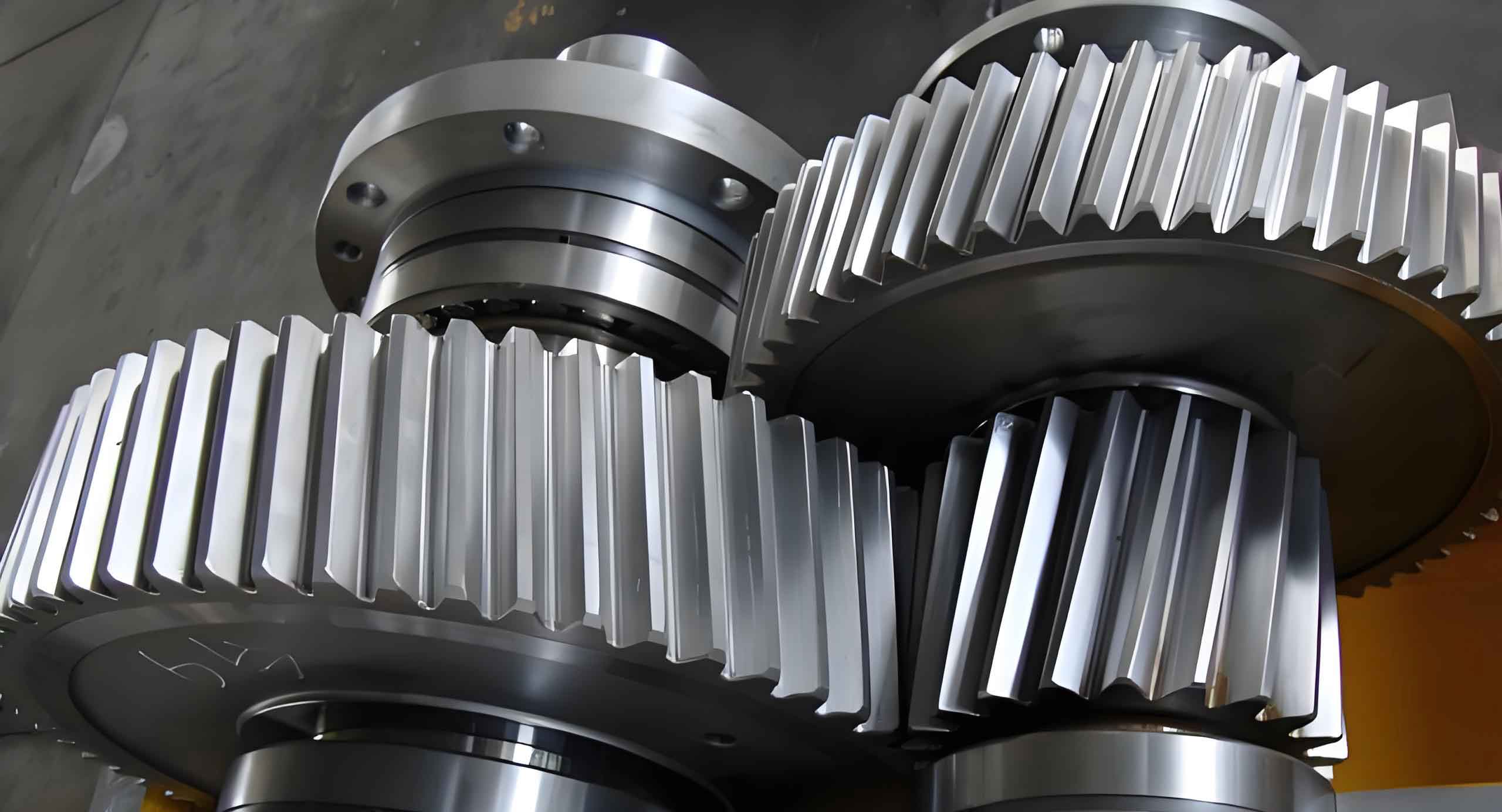Introduction
Helical gear is an essential component in many mechanical systems due to their ability to handle higher loads and provide smoother and quieter operation compared to spur gear. The helical gear manufacturing industry has seen significant advancements in recent years, driven by the need for improved performance, efficiency, and reliability in various applications. This article explores the latest advancements in helical gear manufacturing techniques, highlighting key developments and innovations.

Key Advancements in Helical Gear Manufacturing
1. Precision Gear Grinding
Precision gear grinding has become a critical process in helical gear manufacturing. The use of advanced computer numerical control (CNC) grinding machines has revolutionized the precision with which helical gear can be manufactured. These machines offer improved accuracy, repeatability, and efficiency.
Benefits of Precision Gear Grinding:
- Enhanced Accuracy: CNC grinding machines achieve high levels of precision, reducing deviations in gear tooth profiles.
- Improved Surface Finish: Grinding results in smoother gear surfaces, leading to quieter operation and longer gear life.
- Consistent Quality: The automated nature of CNC machines ensures consistent quality across large production runs.
2. High-Performance Materials
The development of high-performance materials has significantly impacted helical gear manufacturing. Advanced materials, such as alloy steels and composite materials, provide improved strength, durability, and resistance to wear and corrosion.
Examples of High-Performance Materials:
- Alloy Steels: Offer high strength and toughness, making them suitable for heavy-duty applications.
- Composite Materials: Provide a lightweight alternative with excellent wear resistance and reduced friction.
3. Additive Manufacturing
Additive manufacturing, commonly known as 3D printing, is making its mark in helical gear manufacturing. This technology allows for the production of complex gear geometries that were previously difficult or impossible to achieve with traditional manufacturing methods.
Advantages of Additive Manufacturing:
- Design Flexibility: Enables the creation of intricate gear designs with optimized performance characteristics.
- Reduced Lead Times: Speeds up the prototyping and production process, allowing for faster time-to-market.
- Cost-Effective: Minimizes material waste and reduces the need for expensive tooling.
4. Advanced Heat Treatment Processes
Heat treatment is a crucial step in helical gear manufacturing to enhance the mechanical properties of gears. Advanced heat treatment processes, such as induction hardening and vacuum carburizing, have been developed to improve gear performance.
Key Heat Treatment Processes:
- Induction Hardening: Provides localized hardening, increasing wear resistance and fatigue strength.
- Vacuum Carburizing: Enhances surface hardness while maintaining core toughness, resulting in improved gear durability.
5. Computer-Aided Design and Manufacturing (CAD/CAM)
The integration of computer-aided design (CAD) and computer-aided manufacturing (CAM) software has transformed helical gear manufacturing. These tools enable precise gear design, simulation, and production planning.
Benefits of CAD/CAM Integration:
- Accurate Gear Modeling: Allows for detailed gear tooth profile and geometry design.
- Simulation Capabilities: Enables the prediction and optimization of gear performance under various conditions.
- Efficient Production Planning: Streamlines the manufacturing process, reducing errors and improving productivity.
Comparison of Traditional and Advanced Manufacturing Techniques
| Manufacturing Technique | Precision | Material Efficiency | Lead Time | Cost |
|---|---|---|---|---|
| Traditional Machining | Moderate | Moderate | Long | High |
| CNC Grinding | High | High | Moderate | Moderate |
| Additive Manufacturing | High | Very High | Short | Moderate |
| Advanced Heat Treatment | High | High | Moderate | Moderate |
Applications of Helical Gears
Helical gears are widely used in various industries due to their versatility and performance advantages. Here are some common applications:
Automotive Industry
- Transmissions: Helical gears are used in automotive transmissions for smooth and efficient power transfer.
- Differentials: Provide the necessary torque distribution between wheels.
Aerospace Industry
- Engines: Used in aircraft engines to ensure reliable and efficient operation.
- Landing Gear Systems: Critical for the safe deployment and retraction of landing gear.
Industrial Machinery
- Conveyors: Provide efficient power transmission in conveyor systems.
- Mixers and Agitators: Ensure smooth and consistent operation in industrial mixing applications.
Conclusion
The advancements in helical gear manufacturing techniques have led to significant improvements in the performance, efficiency, and reliability of helical gears. Precision gear grinding, high-performance materials, additive manufacturing, advanced heat treatment processes, and the integration of CAD/CAM software are key contributors to these advancements. As technology continues to evolve, the helical gear manufacturing industry will undoubtedly see further innovations, driving progress in various applications and industries.
